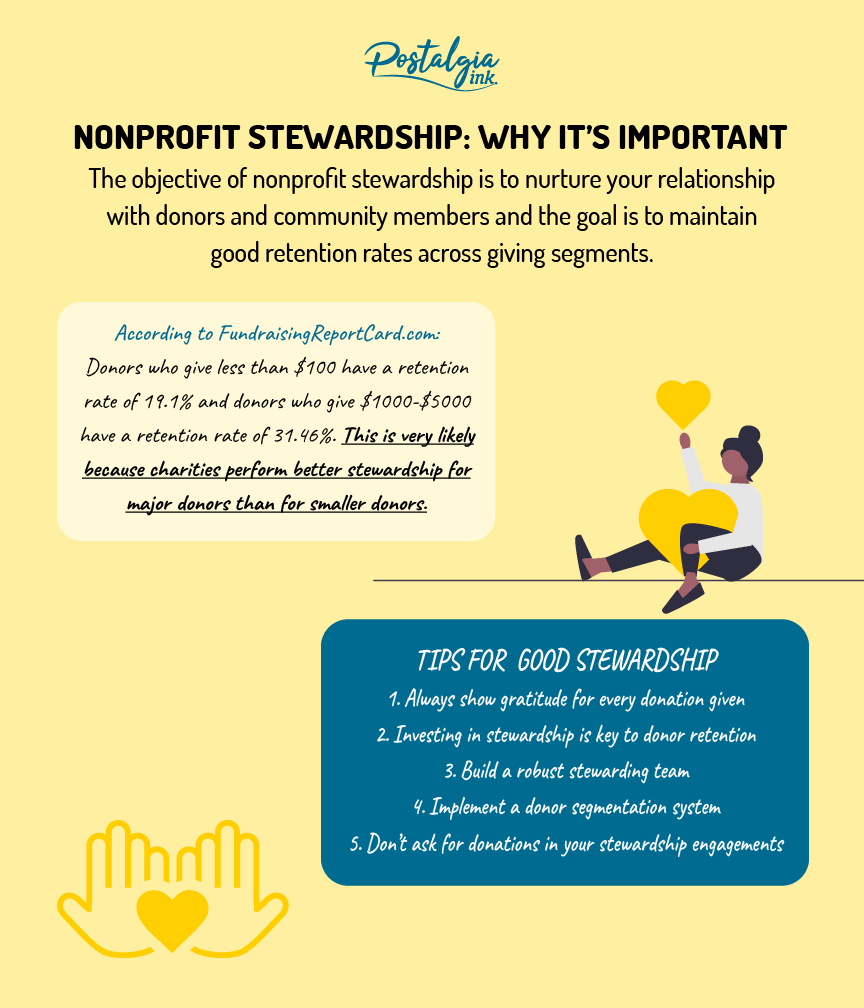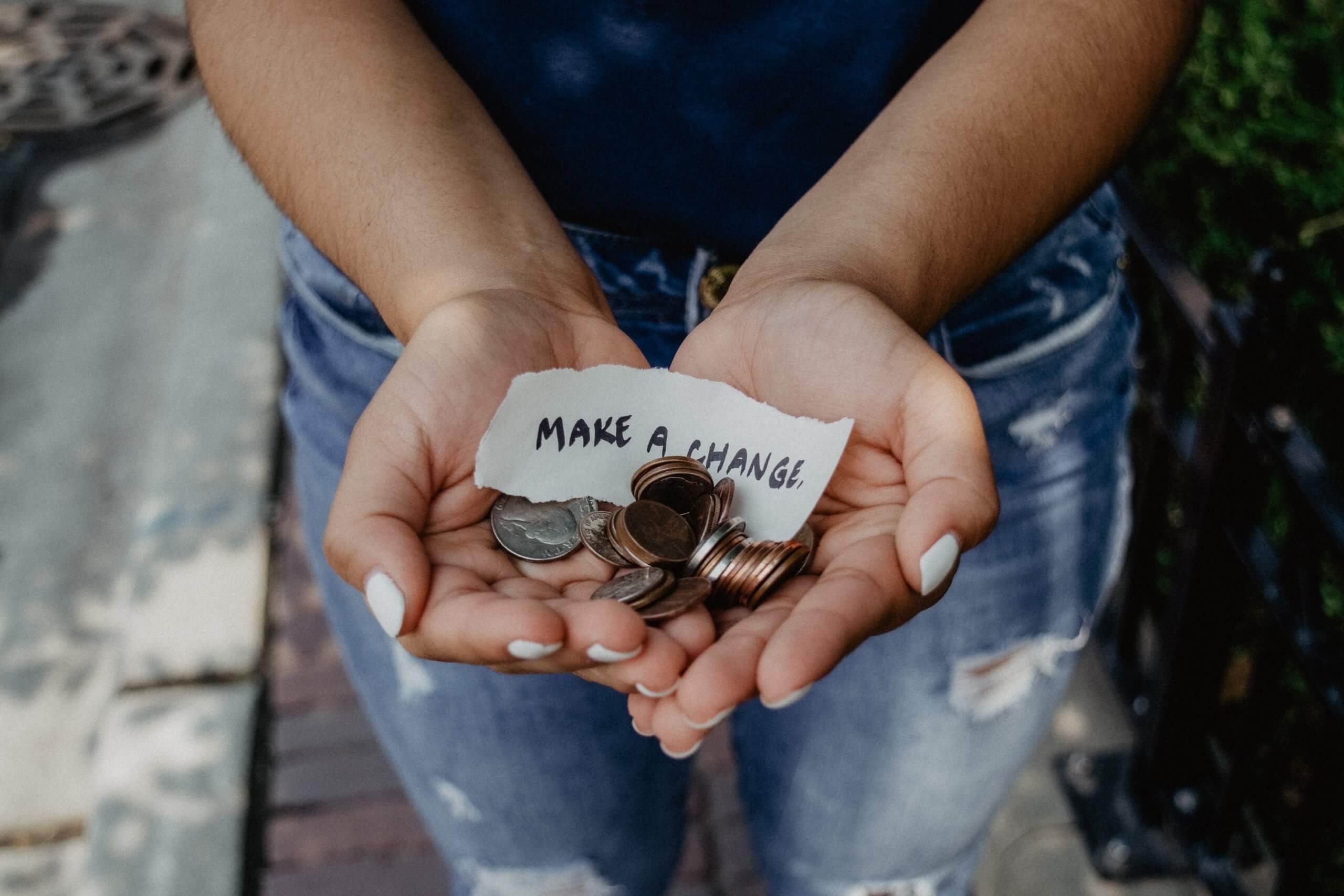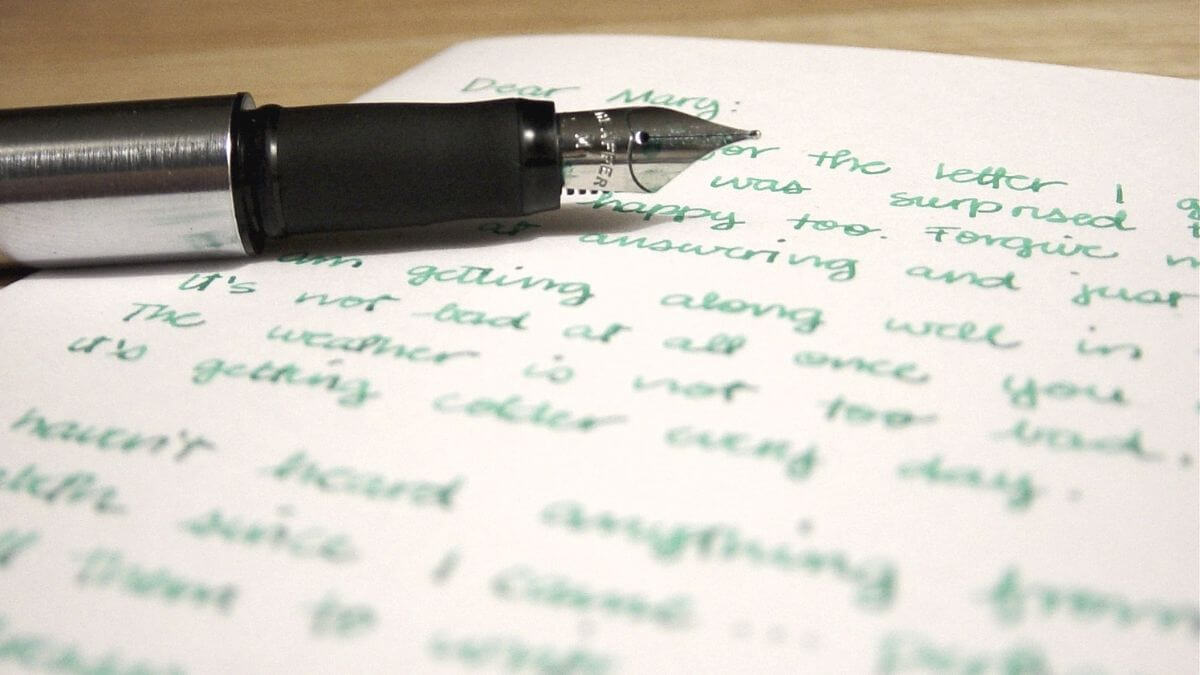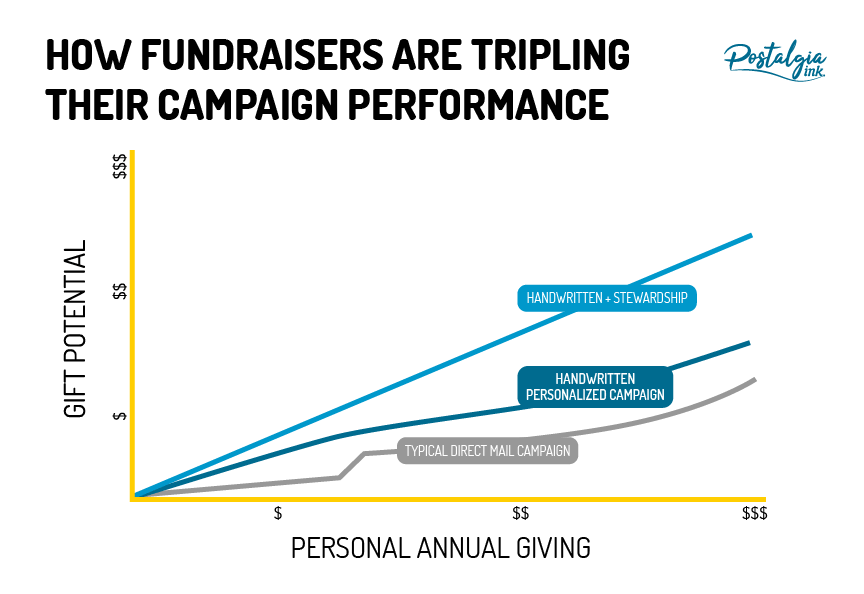Donations are the lifeblood for non-profits, charities and political parties. The relationships you build with your donors today make a world of difference for future donations. That’s why it is essential for you to focus on developing those essential relationships in order to keep funds flowing into your organization. In this post, we offer a few key steps you can take to build better, stronger relationships with donors so that they open their hearts and their wallets for your cause.
Show Supporters How You’re Using Their Donation Dollars
People like to see the results of their efforts, and this certainly applies to donations. By providing details on how donations are making a difference, you are highlighting the good work your organization is doing. At the same time, sharing this information lets your donors know their funds are being spent on legitimate purposes. It makes them feel better about giving and makes them more likely to give the next time you ask them for their help.
You can show them their dollars in action with photographs, videos, brochures, and more. You can even invite major donors to the location where you’re doing your work so they can see what is happening on the ground. Whether you’re gathering building supplies, food, clothing, toys for children, school supplies, etc. they can see you working to gather and distribute the gifts where they will do the most good.
Be Transparent with Spending Reports
This is an important add-on to the previous tip. Sadly, the actions of a few unscrupulous charities and non-profits have subjected all organizations to additional scrutiny. This is especially true among larger donors. And if you’re interested in winning bigger donation dollars to support your cause, you’re going to have to go after the big fish.
The best way to do that is through transparency in your financial disclosures. The easier you make it for people to see how and where the money is spent – not just on good work, but line items such as administrative costs and executive compensation – the more likely they are to donate to your cause. That is, as long as you are spending an appropriate amount of money on the cause at hand rather than oversight and administrative expenses. People want to know their money is going to support a cause and not to create a lifestyle for those at the top of the organization.
Ask for Monthly Gifts and Automate the Giving Process
As we noted in how to reach out to inactive donors, most donors only give once, which can create a cashflow challenge. Automated giving is a great way to ensure a steady flow of money coming in to help you meet your organizational goals. It allows donors to identify an amount of money that works with their budgets and give that amount month after month. More importantly, it is effortless giving on their part.
The easier you make it for people to donate to your organization or cause, the more likely people are to actively donate. Especially if it is a cause they believe in or one that supports their own beliefs about the world.
Create Deadlines to Generate Sense of Urgency
This doesn’t mean creating false deadlines and making things up. What this does mean is to create specific goals for your charitable works.
For instance, if your non-profit is dedicated to building tiny homes for homeless vets, you might have a goal of 50 percent completion prior to the first day of fall and 100 percent completion by the first day of winter. This will help keep more vets off the street once bitter cold temperatures set in.
You need the funds to make this happen well in advance of the goal dates. Create a sense of urgency among your donors by citing statistics about the cold and its impact on the homeless, how veterans are disproportionately represented within the homeless community, and how you need $XXXXX by August 1 and an additional $XXXXX by October 1 to meet these goals for your organization.
Solicit Matching Donations
This is where building relationships, particularly relationships with big businesses, entrepreneurs, and “mega” donors in your community can help. It’s a great way to encourage small-dollar donors to give so that their smaller gifts to your cause can be matched to create even larger gifts.
As we advise on how you can make small donors feel important, never neglect to remind donors of all dollar amounts that their gifts are important. Without the smaller donations, bigger things cannot happen within your organization. The more you drive that point home to donors, the larger your pile of donation dollars has the potential to grow. Additionally, never neglect to thank your donors, no matter how larger or small the donation.
Tell One Person’s Story, Not A Group’s
Sometimes, a little psychology can help make a big impact. While your non-profit or charity is undoubtedly creating a positive impact for many, focusing on an individual can help increase donations. This is referred to as the identified victim effect, which is the tendency to provide more help to a specific individual rather than a broader, nameless or generic group of individuals. This effect implies that concentrating on individuals instead of bigger groups or statistics would drive more donations.
Researchers have confirmed that scenarios focused on a single person’s narrative produced more donations than those focusing on a greater number of unidentified individuals. In a study performed by University of Pennsylvania marketing professor Deborah Small and her colleagues argue that “spontaneous affective reactions” frequently inspire charitable donations. To put it another way, donors are more inclined to contribute based on their emotions rather than reasoning. And stories that centre on the misfortune of a single person appear to have a larger emotional impact.
It makes sense. Your supporters, like all people, are hardwired to emotionally connect with others. The most effective approach to motivate them is to introduce them to individuals they can relate to. So make use of this narrative potential in your messages: highlight individual stories that lend a face to your cause in all of your appeals.
Send Handwritten Thank-You Notes for Their Donations
Lastly, showing gratitude is an important first step toward securing future funds from those who have given to your cause. As you can guess, our viewpoint is pretty clear: the standard typed form letter is way too impersonal and formal. A handwritten letter note stands out from the crowd of junk mail littering your donors’ mailboxes.
As we outline in the power of handwritten notes, handwritten thank-you notes are more likely to be read by the people they were intended for. Plus, they carry more meaning for the recipients. Your donors are far more likely to feel appreciated when receiving handwritten notes. Something they will remember the next time your organization reaches out for funds.
Appreciation and communication are essential, which is why handwritten notes work best. Consider sending out handwritten donation letters and thank-you notes to donors to see what a difference it can make to your entire organization.
Wrapping Up
Donations keep your non-profit or charity going. If you want to build a successful organization and keep funds flowing in, it’s essential that you focus on cultivating those relationships with your donors today so they can feel appreciated and motivated enough to open their hearts (and wallets) for your cause.
It may seem like an intimidating task at first, but by soliciting matching donations, highlighting individual stories (not just statistics), writing thank-you notes by hand, showing gratitude for every donation – no matter how large or small – and telling one person’s story instead of a group’s narrative, you are well positioned to steadily grow your donations. With these simple steps, you’ll be well on your way towards achieving, and even exceeding, your annual fundraising goals.









